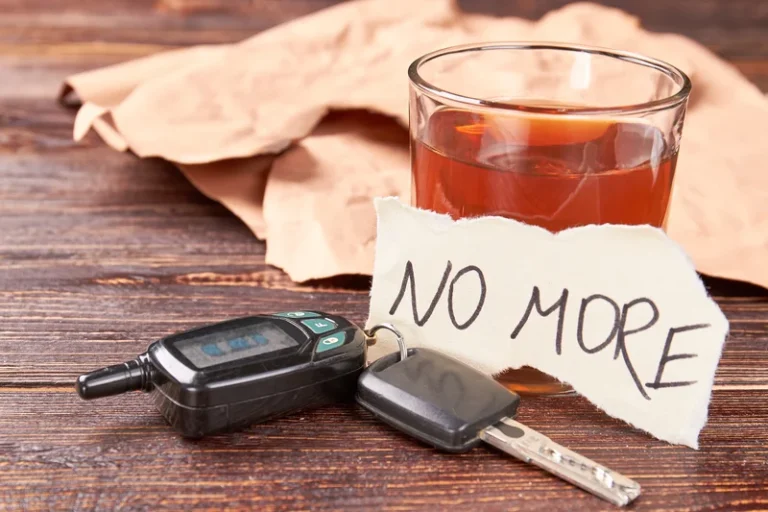Alcohol and Your Health Teen Drinking
Best Free Invoice And Billing Software Of 2024
August 10, 2023Total Manufacturing Cost: Formula, Guide, & How to Calculate
September 8, 2023Alcohol and Your Health Teen Drinking

You can speak to a recovery specialist about teen alcohol abuse treatment. Further, the risk of developing a problem with alcohol use later in life is increased as well. Teens who begin drinking before age 15 have a 41% chance of struggling with alcohol dependence when they are older.
How does alcohol affect teens?

Before sharing sensitive information, make sure you’re on a federal government site. The Substance Abuse and Mental Health Services Administration (SAMHSA) provides the most reliable estimates of alcohol use by young people in the United States. Get helpful tips and guidance for everything from fighting inflammation to finding the best diets for weight loss…from exercises to build a stronger core to advice on treating cataracts. PLUS, the latest news on medical advances and breakthroughs from Harvard Medical School experts. That’s an awful lot of youth who could be changing their brains — and their lives — forever.
- We surveyed 2,136 American adults who either wanted to stop drinking alcohol or had already tried to (successfully or not).
- A household that contains alcoholic beverages is at particular risk, and attention should be paid to changes in the amounts remaining in bottles of liquor, or the number of beers in the fridge.
- Cold showers, hot coffee, food, or walking will NOT reverse the effects of alcohol overdose and could actually make things worse.
Facts About Teen Drinking
In addition, the decrease in underage drinking rates has stalled since 2015. Overall, as of the most recent data available about underage drinking statistics in 2017, 19.7% of all underage people aged 12 to 20 reported drinking in the past 30 days. Among children aged 12 to 17, nearly 10% have used alcohol in the past month. The amount of alcohol that teens use can vary widely depending on a number of factors, including their age, gender, social environment, and personal experiences with alcohol.
Alcohol use in teens and young adults
If possible, talk to other parents A party is less likely to get out of hand if any alcohol is limited to what has been arranged by the host. Agree a plan with your child in advanceIf you decide they’re allowed to go, have clear consequences if they break your agreement. Remind them that if they take alcohol from your house without your permission, you would regard it as stealing. People who drink regularly also often have problems with school. Drinking can damage a student’s ability to study well and get decent grades, as well as affect sports performance (the coordination thing). Alcohol is a depressant, which means it slows the function of the central nervous system.
This is not simply a problem for some families—it is a nationwide concern. Underage drinking is a serious public health problem in the United States. Alcohol is the most widely used substance among America’s youth and can cause them enormous health and safety risks.

The effects of alcohol on teens can go far beyond dangers while drunk. Falling grades or getting caught drinking can lead to or expulsion. In addition, high school students who drink are also more likely to drop out of school. Even if they remain in school, teen alcohol use can create social problems such as losing friends as well as other issues in their relationships. In a recent editorial in The BMJ, a trio of scientists pointed out that there are three periods in life when the brain goes through major changes and is particularly vulnerable to the effects of alcohol.
Alcohol Abuse & Treatment Information On Other Groups
In general, the younger a person is when they start drinking, the more at risk they are of alcoholism. Studies show that teens who start drinking before the age of 15 are at a higher risk of alcohol abuse than people who start drinking at older ages. In adults, drinking alcohol impairs decision-making and impulse control, and can lead to a range of negative consequences. For adolescents, drinking alcohol can make it even more difficult to control impulses and make healthy choices. In both adolescents and adults, drinking also compromises the ability to sense danger by disrupting the function of a brain region called the amygdala.

Discuss and agree a plan in advance Although teenagers may want to be left on their own, it’s reasonable for you or another adult to be at the party venue (even if it’s not in the same room). If you have a friend whose drinking concerns you, help them stay safe. If you can, try to keep friends who have been drinking from doing anything dangerous, such as trying to walk home at night alone or starting a fight. Don’t get in a car with someone who’s been drinking, even if that person is your ride home. Ask a sober adult to drive you instead or call a cab or car service. If all your friends drink and you don’t want to, it can be hard to say no.
- If a person drinks enough, particularly if they do so quickly, alcohol can produce a blackout.
- Teens who drink are also more likely to get into fights and commit crimes than those who don’t.
- One study found that people who regularly had 5 or more drinks in a row starting at age 13 were much more likely to be overweight or have high blood pressure by age 24 than their nondrinking peers.
- Therefore, if someone is a teen or has a loved one who is a teen, it is important to know as much as possible about teenage alcoholism and underage drinking facts.
- In addition, high school students who drink are also more likely to drop out of school.
- This talk may be a challenging but necessary first step in getting your teen the help they need.
- Keep an eye out for things like alcohol being smuggled in in soft drink bottles.
Get the Facts About Underage Drinking

People who continue drinking heavily well into adulthood risk damaging their organs, such as the liver, heart, and brain. If someone drinks large amounts of alcohol in a short period of time, they’re at risk for alcohol poisoning. Alcohol poisoning is exactly what it sounds like — the body has become poisoned by large amounts of alcohol. Violent vomiting is usually the first symptom of alcohol poisoning. It also can cause extreme sleepiness, unconsciousness, problems with breathing, dangerously low blood sugar, seizures, and even death. However, medical professionals have not approved any of these medications to treat alcoholism in people less than 18 years of age.
Why follow a vaccine schedule for children?
For males, it is defined as having five or more drinks on the same occasion at least one day in the past month. For females, binge drinking means having four or more drinks on the teenage alcoholism same occasion on at least one day in the past month. Underage drinking doesn’t automatically mean your teen has AUD. Likewise, underage drinking isn’t the same as alcohol misuse.






















